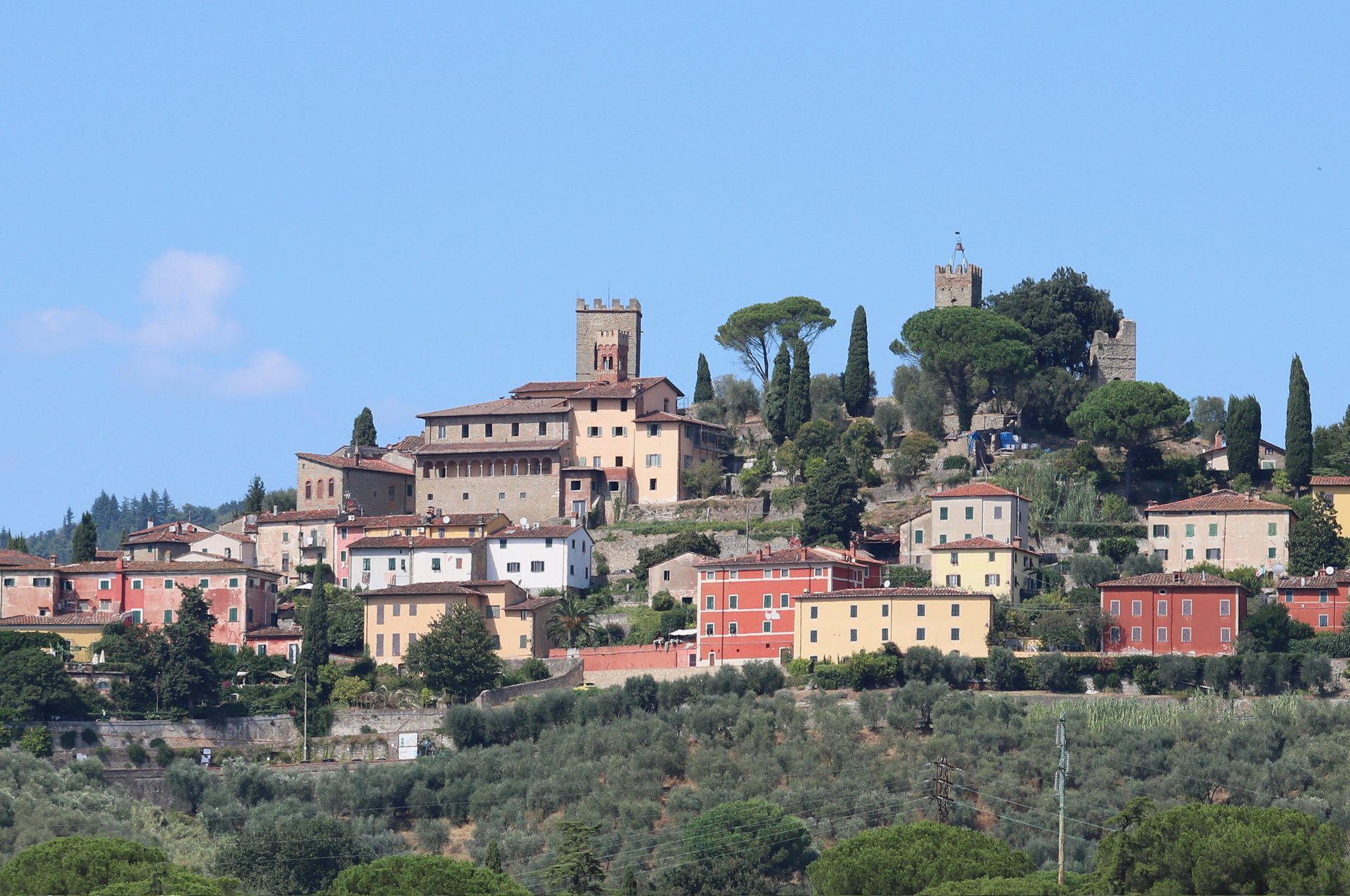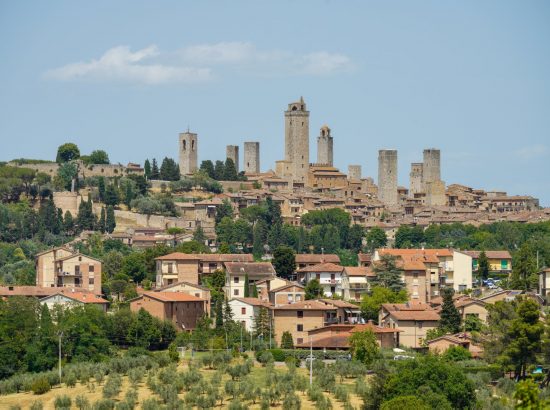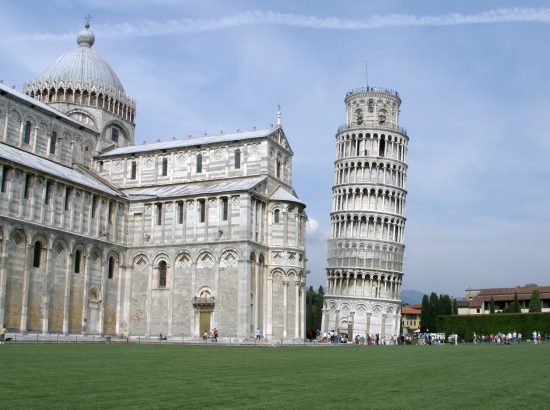Montecatini Alto and the Funicular
MONTECATINI ALTO AND THE FUNICULAR
Already around the year 1000 this ancient core possessed 25 towers and tower-houses and 2 fortresses, a 2 km long wall, arranged following the natural course of the two hills, with 7 gates as proof of a proud and uncompromising civic nobility and of undisputed strategic and military importance which lasted until 1315, the year in which Castruccio Castracani, a Ghibelline, laid siege to the Castle, conquered it and sacked it atrociously. Quieter years followed, for about two centuries under the Florentine Republic and immediately after under the sovereignty of the Medici family.
But this long period of peace was interrupted by the intervention of the mercenary captain Pietro Strozzi who took possession of it by order of Enrico II of France who, in that period, had assumed the task of defending Siena from the arms of the Duke Cosimo dei Medici; Cosimo laid siege to the Castle and in 1554 decreed the almost total death of the town by ordering the demolition of the fortifications, the demolition of the walls and the fortress, the destruction of most of the houses and towers, and the fire on the public square, of ancient documents conserved in the archives. The only buildings that survived the devastating fury were the Palace of Justice, the Chancellery, the loggia, the parish church, the churches with convents, one hundred and seventy houses and the few towers still visible today.
The Funicular inaugurated on 4th June 1898, conceived as a fast and direct mechanical connection between the ancient medieval village and the nascent city of spas, hotels and commerce. The two red trains, pulled by a single steel cable, transported illustrious personalities and other visitors who, especially in the summer period, came up here to stroll in the cool of the tree-lined avenues and enjoy the enchanting panorama of the valley. Above all, Giuseppe Verdi, an assiduous visitor to the Thermal City, treated himself with the waters and in moments of leisure and relaxation he went up to the Castle, with the group of his closest friends, to stop in the square where today’s bars, cafes and the wine pours.



